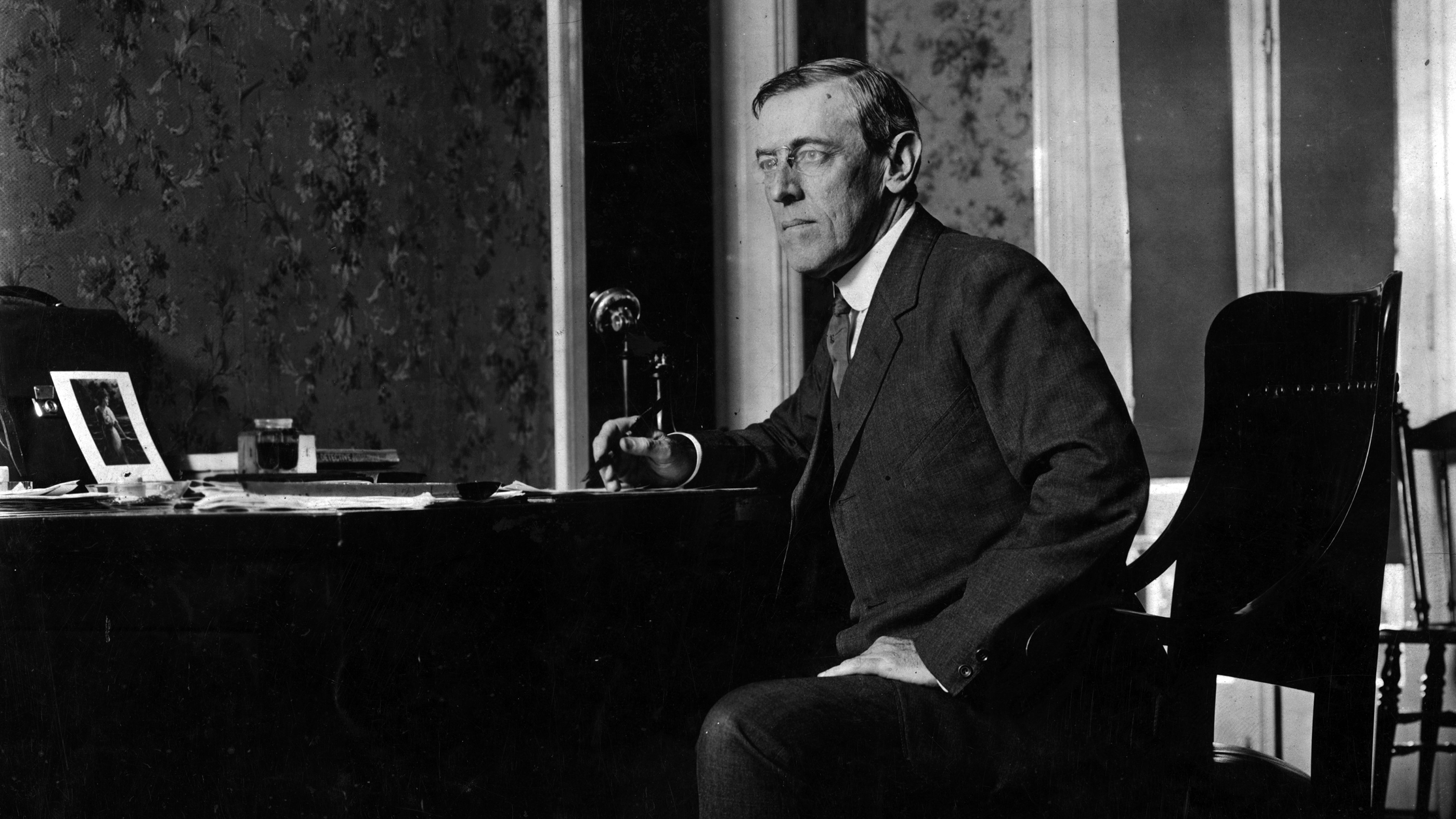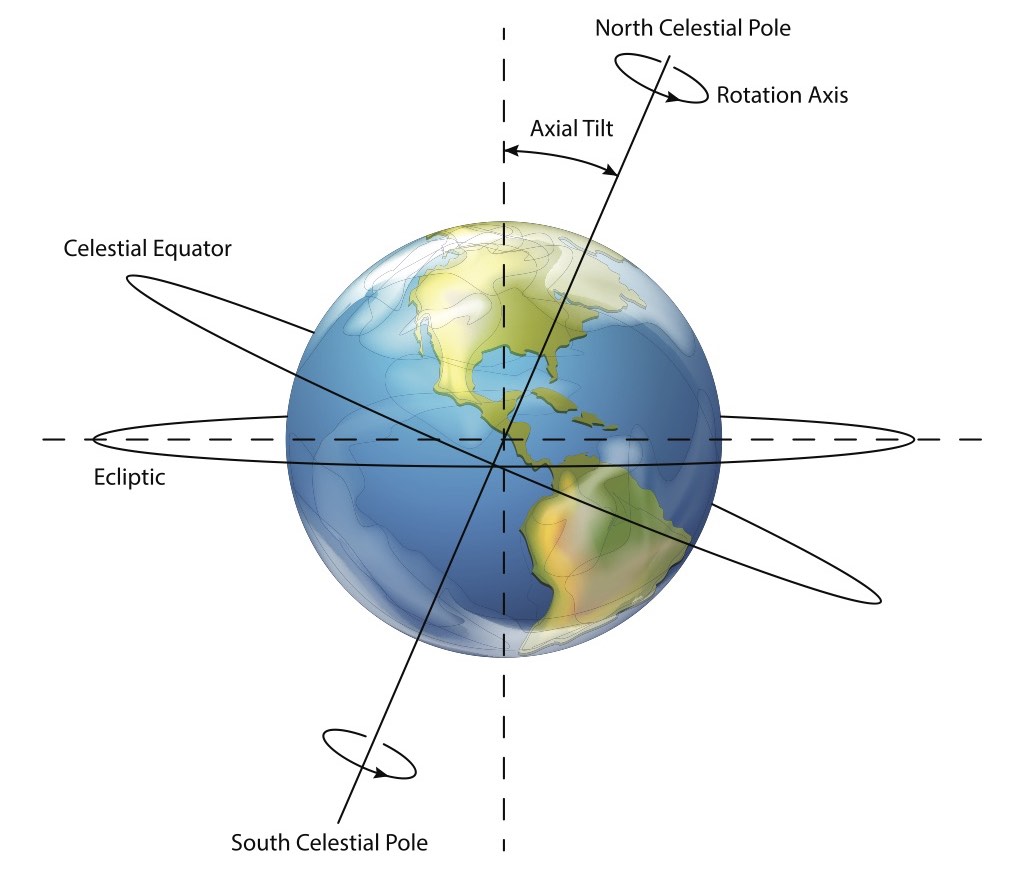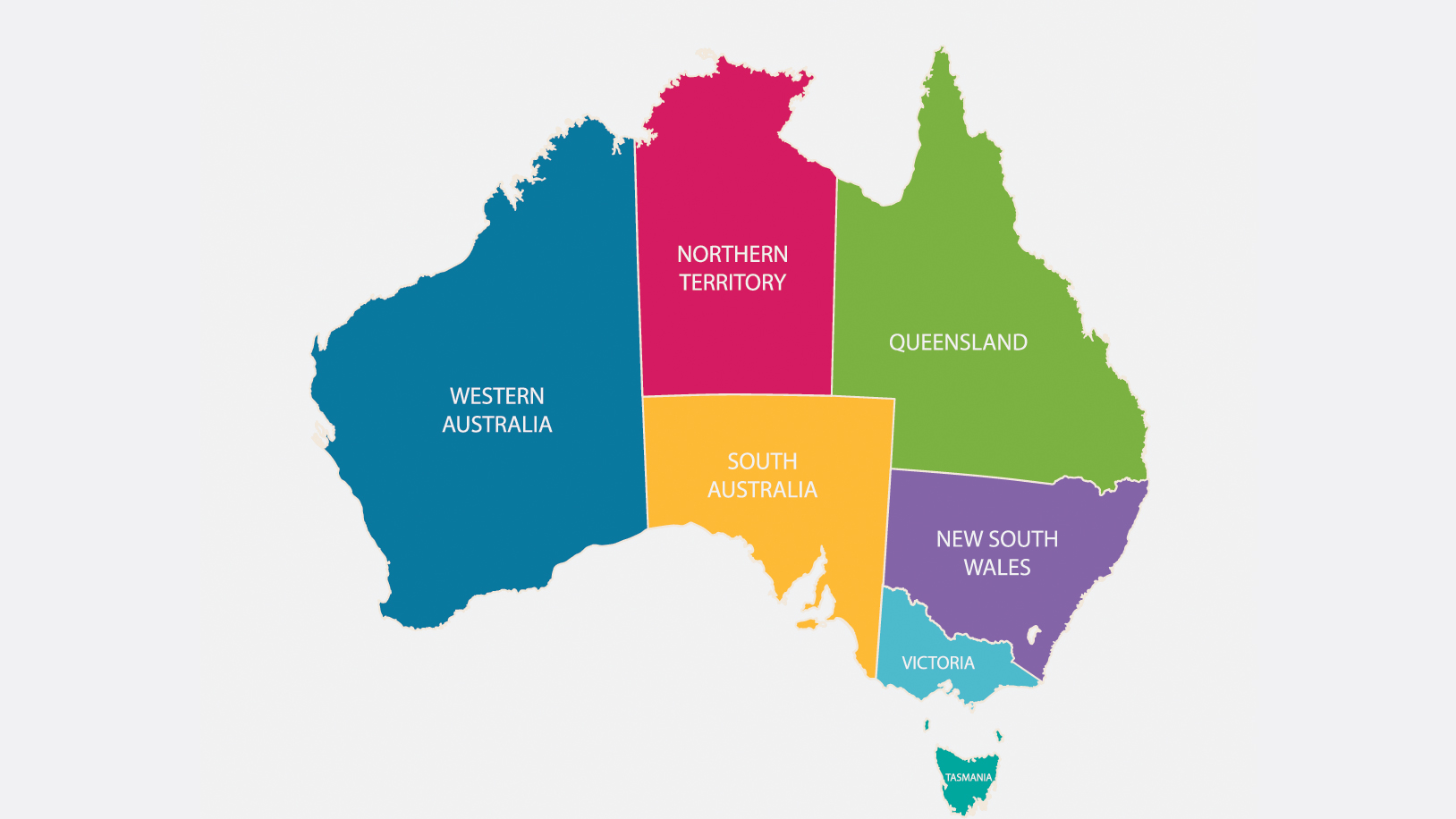Where Can I Get Info if Daylight Savings Time or Not Vbscript
Daylight saving time 2021: When we change our clocks and why
Daylight saving time begins again on Sunday, March 13, 2022, when most Americans will spring forward an hour at 2 a.m. local time. And you won't move your clocks back until Nov. 6, when daylight saving time (sometimes erroneously called daylight savings time) ends for the year. These fall and spring clock changes continue a long tradition started by Benjamin Franklin to conserve energy.
Here's a look at when daylight saving time starts and ends during the year, so you know when to change your clock ... and not miss an important meeting or miss out on an extra hour of sleep. You'll also learn about the history of daylight saving time, why we have it now and some myths and interesting facts about the time change.
Related daylight saving time coverage:
- 5 Weird Effects of Daylight Saving Time
- 5 Crazy Chapters in the History of Daylight Saving Time
- Are Pets Affected by Daylight Saving Time?
- Why Does Daylight Saving Time Start at 2 a.m.?
- Tips: How to Survive the Time Change
When does daylight saving time start and end?
Historically, daylight saving time (DST) has begun in the summer months and ended right before winter, though the dates have changed over time as the U.S. government has passed new statutes, according to the U.S. Naval Observatory (USNO).
Starting in 2007, DST begins in the U.S. on the second Sunday in March, when people move their clocks forward an hour at 2 a.m. local standard time (so at 2 a.m. on that day, the clocks will then read 3 a.m. local daylight time). Daylight saving time then ends on the first Sunday in November, when clocks are moved back an hour at 2 a.m. local daylight time (so they will then read 1 a.m. local standard time).
In 2021, DST ended on Nov. 7 in the U.S., when most Americans set the clock back an hour, and the cycle will began again. Daylight saving time in the U.S. will begin again on March 13, 2022, and it ends on Nov. 6, 2022, according to timeanddate.com.
Why did daylight saving time start?
Benjamin Franklin takes the honor (or the blame, depending on your view of the time changes) for coming up with the idea to reset clocks in the summer months as a way to conserve energy, according to David Prerau, author of "Seize the Daylight: The Curious and Contentious Story of Daylight Saving Time" (Thunder's Mouth Press, 2005). By moving clocks forward, people could take advantage of the extra evening daylight rather than wasting energy on lighting. At the time, Franklin was ambassador to Paris, and he wrote a witty letter to the Journal of Paris in 1784, rejoicing over his "discovery" that the sun provides light as soon as it rises.
Even so, DST didn't officially begin until more than a century later. Germany established DST in May 1916, as a way to conserve fuel during World War I. The rest of Europe came onboard shortly thereafter. And in 1918, the United States adopted daylight saving time.

Though President Woodrow Wilson wanted to keep daylight saving time after WWI ended, the country was mostly rural at the time and farmers objected, partly because it would mean they lost an hour of morning light. (It's a myth that DST was instituted to help farmers.) And so daylight saving time was abolished until the next war brought it back into vogue. At the start of WWII, on Feb. 9, 1942, President Franklin Roosevelt re-established daylight saving time year-round, calling it "War Time."
After the war, a free-for-all system in which U.S. states and towns were given the choice of whether or not to observe DST led to chaos. And in 1966, to tame such "Wild West" mayhem, Congress enacted the Uniform Time Act. That federal law meant that any state observing DST — and they didn't have to jump on the DST bandwagon — had to follow a uniform protocol throughout the state in which daylight saving time would begin on the first Sunday of April and end on the last Sunday of October.
Then, in 2007, the Energy Policy Act of 2005 went into effect, expanding the length of daylight saving time to the present timing.
Why do we have daylight saving time?
Fewer than 40% of the world's countries observe daylight saving time, according to timeanddate.com. However, those who do observe DST take advantage of the natural daylight in the summer evenings. That's because the days start to get longer as Earth moves from the winter season to spring and summer, with the longest day of the year on the summer solstice. During the summer season in each hemisphere, Earth, which revolves around its axis at an angle, is tilted directly toward the sun.
Related: Read more about the science of summer .

Regions farthest away from the equator and closer to the poles get the most benefit from the DST clock change, because there is a more dramatic change in sunlight throughout the seasons.
Research has also suggested that with more daylight in the evenings, there are fewer traffic accidents, as there are fewer cars on the road when it's dark outside. More daylight also could mean more outdoor exercise (or exercise at all) for full-time workers.
The nominal reason for daylight saving time has long been to save energy. The time change was first instituted in the U.S. during World War I, and then reinstituted again during WW II, as a part of the war effort. During the Arab oil embargo, when Arab members of the Organization of Petroleum Exporting Countries (OPEC) stopped selling petroleum to the United States, Congress even enacted a trial period of year-round daylight saving time in an attempt to save energy.
But the evidence for any significant energy savings is slim. Brighter evenings may save on electric lighting, said Stanton Hadley, a senior researcher at Oak Ridge National Laboratory who helped prepare a report to Congress on extended daylight saving time. But lights have become increasingly efficient, Hadley said, so lighting is responsible for a smaller chunk of total energy consumption than it was a few decades ago. Heating and cooling probably matter more, and some places may need air-conditioning for the longer, hotter evenings of summer daylight saving time.
Hadley and his colleagues found that the four weeks of extra daylight saving time that went into effect in the United States in 2007 did save some energy, about half of a percent of what would have otherwise been used on each of those days, they said in a report to Congress published on Sept. 30, 2020. However, Hadley said, the effect of the entire months-long stretch of daylight saving could very well have the opposite effect.
A 1998 study in Indiana before and after implementation of daylight saving time in some counties found a small increase in residential energy usage. Temporary changes in Australia's daylight saving timing for the summer Olympics of 2000 also failed to save any energy, a 2007 study found.
Part of the trouble with estimating the effect of daylight saving time on energy consumption is that there are so few changes to the policy, making before-and-after comparisons tricky, Hadley told Live Science. The 2007 extension of daylight saving time allowed for a before-and-after comparison of only a few weeks' time. The changes in Indiana and Australia were geographically limited.
Ultimately, Hadley said, the energy question probably isn't the real reason the United States sticks with daylight saving time, anyway.
"In the vast scheme of things, the energy saving is not the big driver," he said. "It's people wanting to take advantage of that light time in the evening."
What places observe daylight saving time?
U.S. daylight saving time
Most of the United States and Canada observe DST on the same dates with a few exceptions. Hawaii and Arizona are the two U.S. states that don't observe daylight saving time, though Navajo Nation, in northeastern Arizona, does follow DST, according to NASA.
And, every year there are bills put forth to get rid of DST in various states, as not everyone is keen on turning their clocks forward an hour. As of August 2020, 45 U.S. states had introduced legislation to make changes to DST, the Congressional Research Service reported in 2020. And as of that time, at least 30 states had introduced legislation to make standard time permanent, doing away with DST all together. For example, in 2018, Florida's Senate and House passed legislation called the Sunshine Protection Act (a PDF of the legislation) that would ask the U.S. Congress to exempt the state from the federal 1966 Uniform Time Act. If approved, Florida would remain in DST year-round. In order to allow Florida's year-round DST, however, the U.S. Congress would have to amend the Uniform Time Act (15 U.S.C. s. 260a) to authorize states this allowance, according to The New York Times. Congress has yet to approve the legislation, the South Florida Sun Sentinel reported. Fifteen other states have made similar moves with laws, voter initiatives and resolutions. These states include: Arkansas, Alabama, California, Delaware, Georgia, Idaho, Louisiana, Maine, Ohio, Oregon, South Carolina, Tennessee, Utah, Washington, and Wyoming, according to a statement from the office of U.S. Sen. Marco Rubio (R–Fla.).
In the fall of 2018, California voted in favor of Proposition 7 that would attempt to repeal the annual clock changes. That favorable vote meant that the state legislature could change DST with a two-thirds vote (the resulting change needs to meet federal law as well). As of November 2021, however, the legislature is still divided on what changes to make. "We haven't been able to get two-thirds of the legislature to move in one direction or another," said Assemblywoman Lorena Gonzalez (D-San Diego), as reported in 2021 by ABC10 News San Diego. Gonzolez, one of the original sponsors of Prop 7 added that the pandemic had put the vote on the backburner, the local news station reported.
Canada daylight saving time
Nine of Canada's 10 provinces observe daylight saving time. The provinces and territories in Canada that stay on standard time all year include: Some regions of the province of British Columbia, parts of Saskatchewan, northwest Ontario and east Quebec, according to timeanddate.com. Meanwhile, Yukon made DST permanent in 2020. The locations in British Columbia that don't use DST include: Chetwynd, Creston, Dawson Creek, Fort Nelson and Fort St. John; in Saskatchewan, only Creighton and Denare Beach observe DST, according to timeanddate.com.
Europe daylight saving time
Most of Europe currently observes daylight saving time, which began at 1 a.m. GMT on the last Sunday in March — that's March 28, 2021, when Europeans moved their clocks ahead one hour at 1 a.m. GMT. Daylight saving time ended (winter time) at 1 a.m. GMT on the last Sunday in October, or Oct. 31, 2021, when clocks were moved back an hour. DST will begin again on Sunday, March 27, 2022, according to timeanddate.com.
Most European countries observe DST, with the exception of Russia, Iceland and Belarus, according to timeanddate.com. In the United Kingdom, DST is called British Summer Time (BST).
DST is called Central European Summer Time (CEST) in: Austria, France, Germany, Italy, Hungary, Norway, Poland, Spain and Switzerland. Daylight saving starts at 2 a.m. local time for these countries, when clocks are moved ahead an hour to 3 a.m. The same 2 a.m. clock change is followed for Bulgaria, Estonia, Finland, Greece, Latvia, Lithuania and Romania, which call DST Eastern European Summer Time (EEST).
During summers in Ireland, DST is called Irish Standard Time (IST) and it begins at 1 a.m. local time, when clocks are moved ahead an hour to 2 a.m. The same clock change occurs in the Canary Islands, the Faroe Islands and Portugal, which call DST Western European Summer Time (WEST).However, even the European Union may propose an end to clock changes, as a recent poll found that 84% of 4.6 million people surveyed said they wanted to nix them, the Wall Street Journal reported. If the lawmakers and member states agree, the EU members could decide to keep the EU in summer time or winter time, according to the WSJ.
Southern Hemisphere DST

The DST-observing countries in the Southern Hemisphere — in Australia, New Zealand, South America and southern Africa — set their clocks forward an hour sometime during September through November and move them back to standard time during the March-April timeframe.
Australia, being such a big country (the sixth-largest in the world), doesn't follow DST uniformly: New South Wales, Victoria, South Australia, Tasmania and the Australian Capital Territory follow daylight saving, while Queensland, the Northern Territory (Western Australia) do not, according to the Australian government. In the observing areas, DST began on the first Sunday in October — Oct. 3, 2021 — and it will end on the first Sunday in April — or April 3, 2022
Daylight saving time myths
- Turns out, people tend to have more heart attacks on the Monday following the "spring forward" switch to daylight saving time. Researchers reporting in 2014 in the journal Open Heart, found that heart attacks increased 24% on that Monday, compared with the daily average number for the weeks surrounding the start of DST.
- Before the Uniform Time Act was passed in the United States, there was a period in which any place could or could not observe DST, leading to chaos. For instance, if one took a 35-mile bus ride from Moundsville, West Virginia, to Steubenville, Ohio, he or she would pass through no fewer than seven time changes, according to Prerau. At some point, Minneapolis and St. Paul were on different clocks.
- A study published in 2009 in the Journal of Applied Psychology showed that during the week following the "spring forward" into DST, mine workers got 40 minutes less sleep and had 5.7% more workplace injuries than they did during any other days of the year.
- Pets may notice the time change, as well. Since humans set the routines for their fluffy loved ones, dogs and cats living indoors and even cows are disrupted when, say, you bring their food an hour late or come to milk them later than usual, according to Alison Holdhus-Small, a research assistant at CSIRO Livestock Industries, an Australia-based research and development organization.
- The fact that the time changes at 2 a.m. at least in the U.S., may have to do with practicality. For instance, it's late enough that most people are home from outings and setting the clock back an hour won't switch the date to "yesterday." In addition, it's early enough not to affect early shift workers and early churchgoers, according to the WebExhibits, an online museum.
Additional resources
- Teacher Planet has lots of worksheets and lesson ideas to help kids learn about daylight saving time.
- The History Channel has a 1-hour video on the history of daylight saving time.
- In this Smithsonian Magazine feature, you'll learn about a time when the U.S. had year-round DST.
Editor's note: This article was updated on Dec. 10, 2021
Originally published on Live Science.

Jeanna is the editor-in-chief of Live Science. Previously, she was an assistant editor at Scholastic's Science World magazine. Jeanna has an English degree from Salisbury University, a master's degree in biogeochemistry and environmental sciences from the University of Maryland, and a graduate science journalism degree from New York University. She has worked as a biologist in Florida, where she monitored wetlands and did field surveys for endangered species. She also received an ocean sciences journalism fellowship from Woods Hole Oceanographic Institution.
Where Can I Get Info if Daylight Savings Time or Not Vbscript
Source: https://www.livescience.com/56048-daylight-saving-time-guide.html



